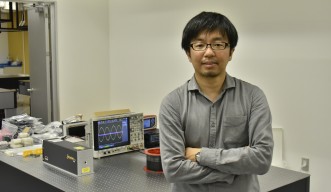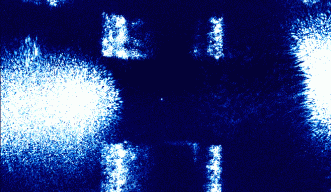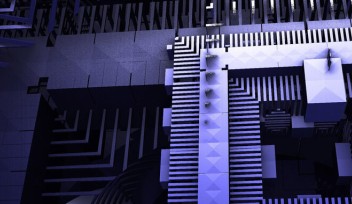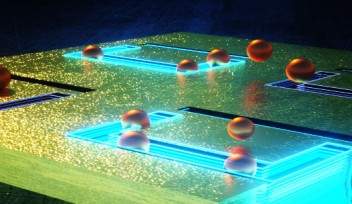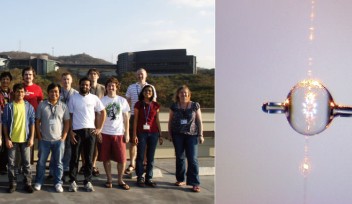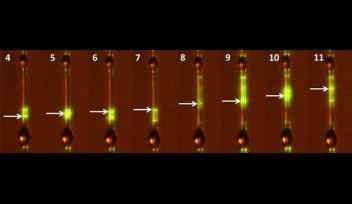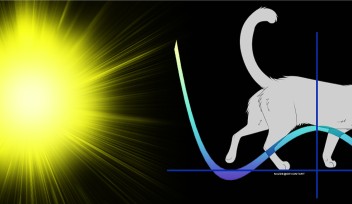New faculty member shoots for the moon
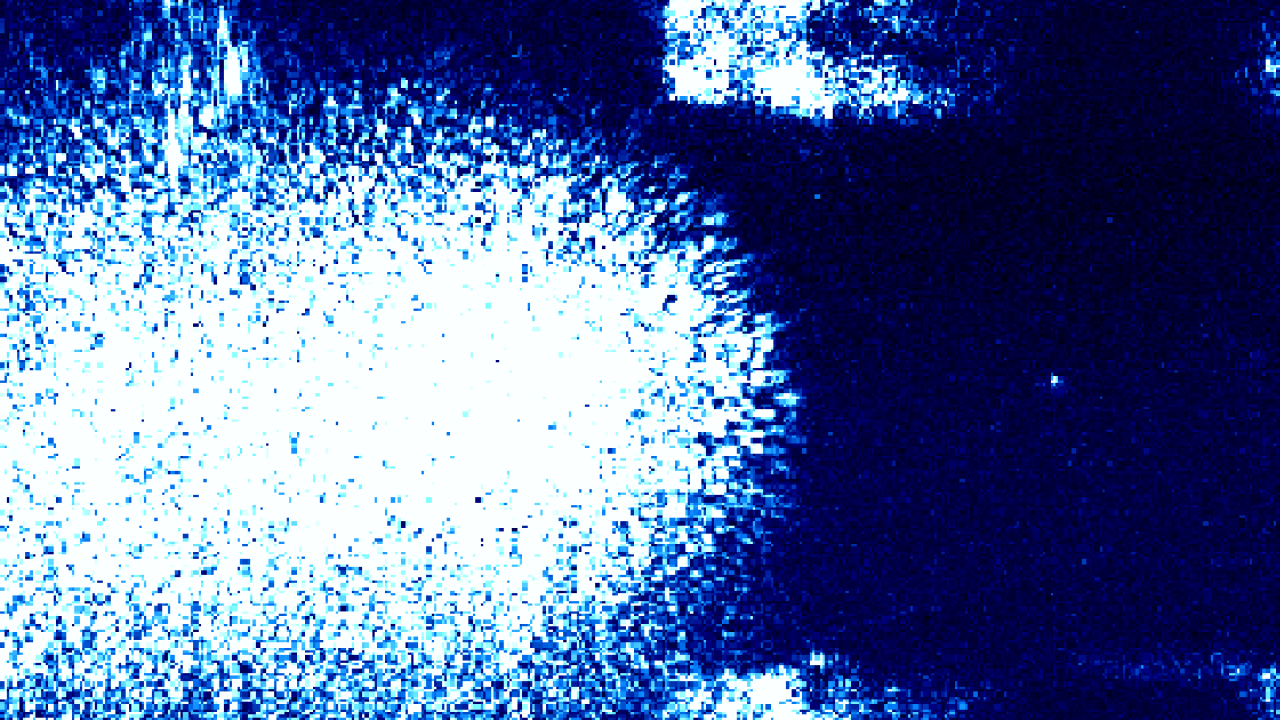
The Okinawa Institute of Science and Technology Graduate University (OIST) was proud to welcome Professor Hiroki Takahashi as a faculty member in March 2020. Professor Takahashi leads the newly established Experimental Quantum Information Physics Unit where his group works on devices called ion traps. He has a PhD in Quantum Optics from the University of Tokyo and spent eight years working as a postdoctoral fellow in the UK before returning to Japan. Most recently, he worked as a Specially Appointed Associated Professor at Osaka University. His decision to apply to OIST was driven by several reasons.
“It feels like a very special university,” said Professor Takahashi. “When I applied, I didn’t know that much about OIST because I hadn’t visited before. But everything I had heard was good. It sounded like the future. Obviously, the funding was attractive. What I was expecting was ten times smaller than what I’ve ended up with so I realized that I could take on the challenge of high-quality and ambitious research.”
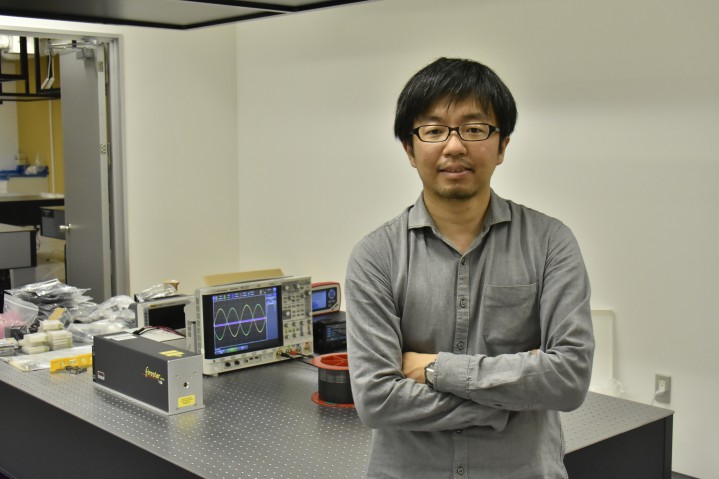
2020 has been a big year for Professor Takahashi. Along with his move to OIST, one of his major project has received a prestigious award through the Moonshot Research & Development Program within the Japan Science and Technology Agency (JST). This Program was launched by the Cabinet Office to promote high-risk, high-impact projects to solve global issues such as super-aging populations and climate change. Professor Takahashi’s project fits within ‘Moonshot Goal 6’, a goal that aims to develop a fault-tolerant universal quantum computer that will revolutionize economy, industry, and security by 2050. Specifically, his project aims to develop ion trap devices that facilitate the building of quantum computers.
Professor Takahashi plans to create the fundamental architecture for transmitting information from quantum computers. To do this, he’ll be using atoms – tiny particles that make up matter.
“Researchers need to investigate the quantum physics of a single atom,” explained Professor Takahashi. “Normally, materials are made of billions and billions of atoms. We want to be able to extract one atom at a time and study it. The problem is that, in the air, atoms are flying around at speeds of around 1km per second.”
That’s where the devices called ion traps come in. These devices can slow down the atoms to the point where they are frozen in space and can be observed with cameras.
“Ion traps have been around for about three decades, and they’ve developed quite significantly over this time,” said Professor Takahashi. “They’re the basic hardware for quantum computers.”
Professor Takahashi has built ion traps before, but his previous ones could only trap one atom at a time. Now, he’s looking at designing more advanced ion traps that can slow down and trap more than one atom.
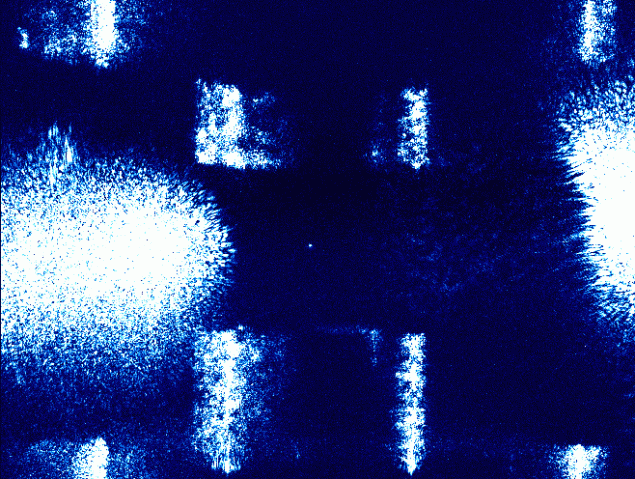
Once the atoms have been slowed down, they can be lined up, one-by-one. Professor Takahashi will then interface these atoms with photons, another fundamental particle in physics, which is made up of waves of electromagnetic radiation. This will convert the information into a form that can travel. He likened it to creating an antenna made of an atom.
The larger research goal that Professor Takahashi’s project fits within – Moonshot Goal 6 – has seven individual projects in total and several different institutions around Japan. Dr. Yuimaru Kubo, a group leader in the Quantum Dynamics Unit here at OIST is also working within this goal, though on a different project to Professor Takahashi.
“Basically, everyone in Japan who is researching quantum physics with ion traps is involved,” said Professor Takahashi. “We want to improve these technologies so they’re viable for large-scale quantum computers. Some people think quantum computers will come in the next few years, but I think 2050 is more realistic. There are still a lot of technical challenges. Each one of these institutions will investigate one particular challenge, and work on slightly different designs and ideas, and we’ll combine the findings at the end to create something more complete.”
Professor Takahashi said he was delighted to be part of such an ambitious and well-funded program. His favorite part of the research is the ‘do-it-yourself’ component. “It’s like DIY in an extreme condition but, at the same time, it’s about exploring the cutting edge of physics,” he said. “I have a project and I build devices, bit by bit, and eventually, if I’m lucky, I’ll discover something new and publish it. I find that cool!”
Specialties
For press enquiries:
Press Inquiry Form










